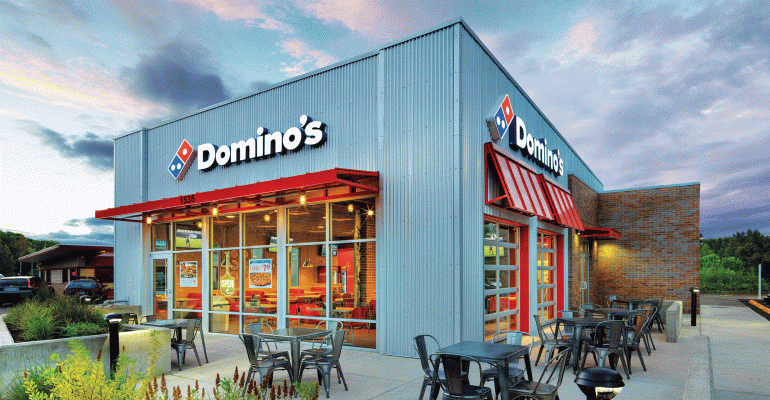The Supreme Court has denied a petition from Domino’s Pizza Inc. following a decision by the Ninth Circuit Court of Appeals that ruled in favor of a blind man named Guillermo Robles who sued the chain when he was unable to order pizza off the Domino’s website or mobile app even with screen reading technology. The Supreme Court decision will leave the original ruling in place, which maintained that the company must make its website and mobile app accessible under the 1990 Americans with Disabilities Act.
The case was originally filed in September 2016 in the Central District of California as Robles v. Domino’s Pizza LLC. After a March 2017 decision by a district judge initially dismissed the lawsuit stating that it “would violate Domino’s due process rights” because the Department of Justice had “failed to provide helpful guidance,” the lawsuit went to the Ninth Circuit Court of Appeals.
In a January 2019 decision, the Court of Appeals reversed the initial ruling in a unanimous decision, stating that, although ADA compliance generally applies to “places of public accommodation,” the act never actually states that that ADA compliance must occur “in a place of public accommodation.”
“The panel stated that the website and app connected customers to the goods and services of Domino’s physical restaurants,” the Ninth Circuit decision stated. “To limit the ADA to discrimination in the provision of services occurring on the premises of a public accommodation would contradict the plain language of the statute.”
The Court of Appeals also ruled that the compliance mandate did not violate the company’s Fourteenth Amendment rights to due process because the company had been given adequate time to comply and that “the ADA articulates comprehensible standards” to which companies have to conform in order to be in compliance with federal law. The court also ruled that “lack of specific regulations” as outlined in the ADA does not exempt Domino’s from following the law.
Following the Ninth Circuit Court of Appeals ruling, Domino’s pled their case with the Supreme Court. By denying their petition on Monday, the Supreme Court upholds the Court of Appeals decision.
In 2018, over 2,200 lawsuits have been filed over website accessibility, a 181% increase from the year before, according to data from digital accessibility-focused technology company Usable Net, with the food service industry being one of the top industries named in litigation.
Domino's released a statement in response to the Supreme Court decision today:
"We take great pride in having already developed an accessible website and app, as well as many additional ways for all customers to connect with our brand and menu. This includes the development of ordering platforms using voice-activated devices like Alexa® and Google Home® and the development of our own proprietary voice-ordering digital assistant, Dom, available on both our website and mobile apps. We have also established a 24x7 hotline that any customers using screen readers on our website can contact if they are having any difficulties fully utilizing any aspect of the site.
Although Domino’s is disappointed that the Supreme Court will not review this case, we look forward to presenting our case at the trial court. We also remain steadfast in our belief in the need for federal standards for everyone to follow in making their websites and mobile apps accessible.
Creating a nation-wide standard will eliminate the tsunami of website accessibility litigation that has been filed by plaintiffs’ lawyers exploiting the absence of a standard for their own benefit, and chart a common path for both businesses and non-profit institutions to follow in meeting the accessibility needs of the disabled community."
Contact Joanna Fantozzi at [email protected]
Follow her on Twitter: @joannafantozzi

